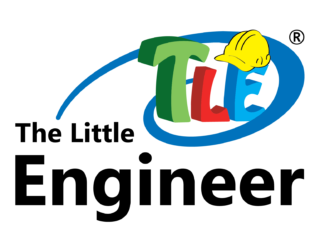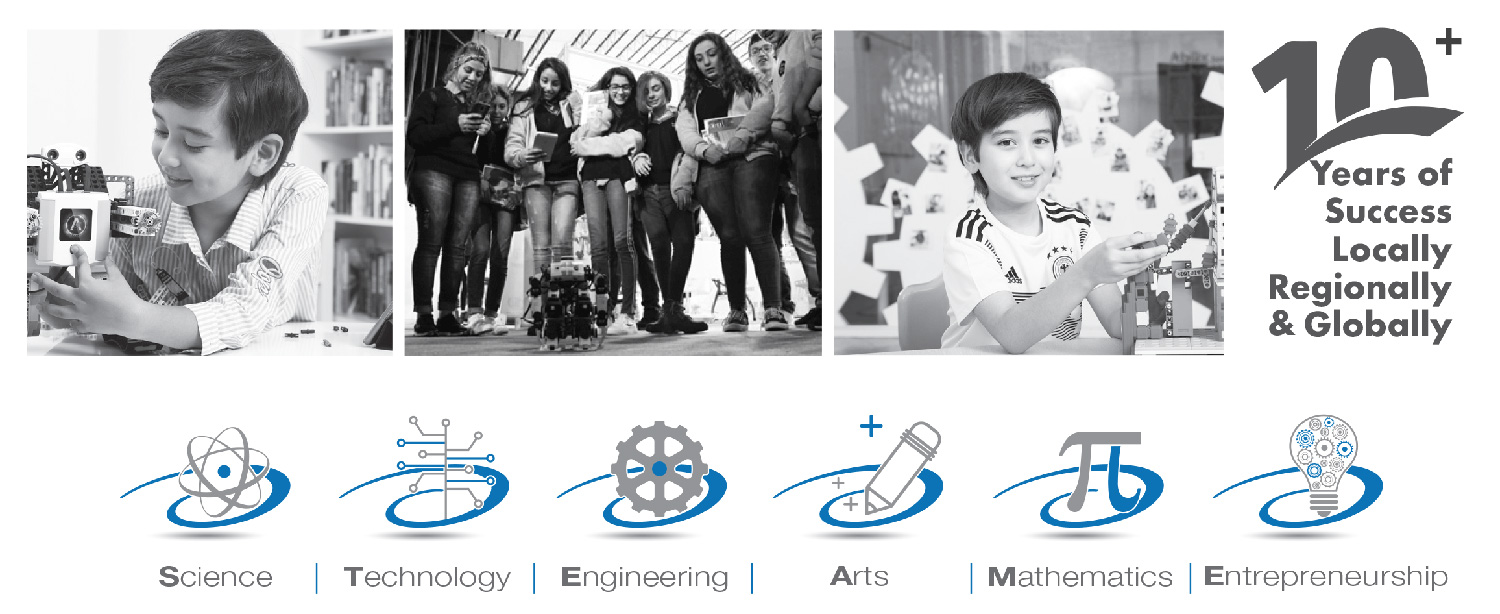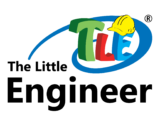Vocational School
Vocational School
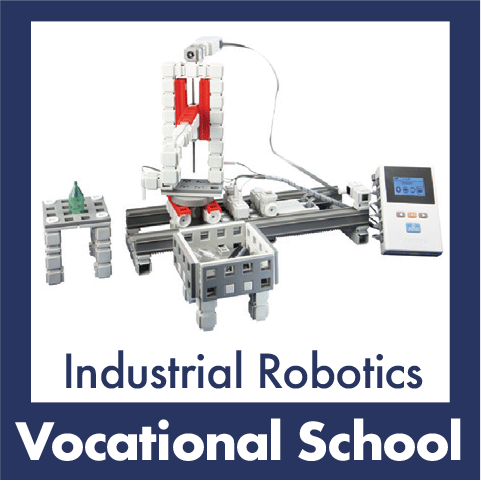
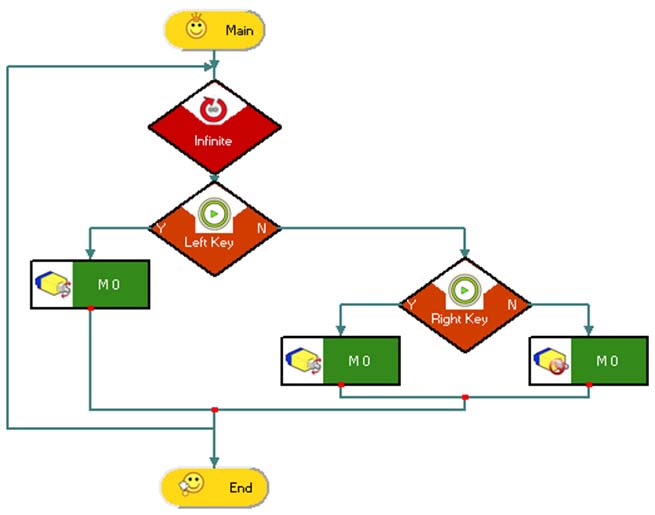
Vocational School Class Solution Industrial Robotics
Objectives of this course
This educational version of Robotics for Vocational school is an initial step for exploring the exciting world of science and technology. This student’s handbook enables students to work as young scientists and engineers providing them with settings, tools, and tasks for completing the course models to finally compete in building a fully automated factory. This kit features real-life machines like helicopters, Washing machines, Traffic lights, elevators, access doors, automatic doors, conveyor belts, industrial arms, industrial robots, and more. All of these machines will be constructed using smart bricks. In this course, we will learn more about sensors and explore the combination between touch, temperature, flame, heat, magnetic switch, counters, and other sensors. We will learn how to write a program using JVC software, a graphical programming language, to manipulate those using ideas and reflections. Why should students learn about Robotics? Robotics plays an important and increasing role in our everyday lives, and so some basic knowledge of it is good for them all. Learning about it teaches how to build, troubleshoot, and help understand real-life applications. This course closes with a model to acquire basic skills needed in today’s world such as teamwork, communication, and presentation skills. Students will follow the Student Handbook provided with the course to move on weekly-based sessions from scratch to excel in building and programming industrial machines. This expands the student’s technological knowledge with concepts like gears, gearbox, sensors, controls, switches, and more. Our goal is to engage students in exploring, experimenting, designing, and creating. We organize the place in the spirit of an inventor’s workshop, with all needed supplies, Abilix bricks, brain, motors, sensors, computers, and other materials. We choose a theme that provides students with a common focus and inspires them with a wide diversity of models. As students work on models, they shift back and forth between building, programming, and sharing ideas with one another. We find that it works best when students work in groups of 3 learners, ensuring that everyone gets a chance to become actively engaged in designing and programming.
